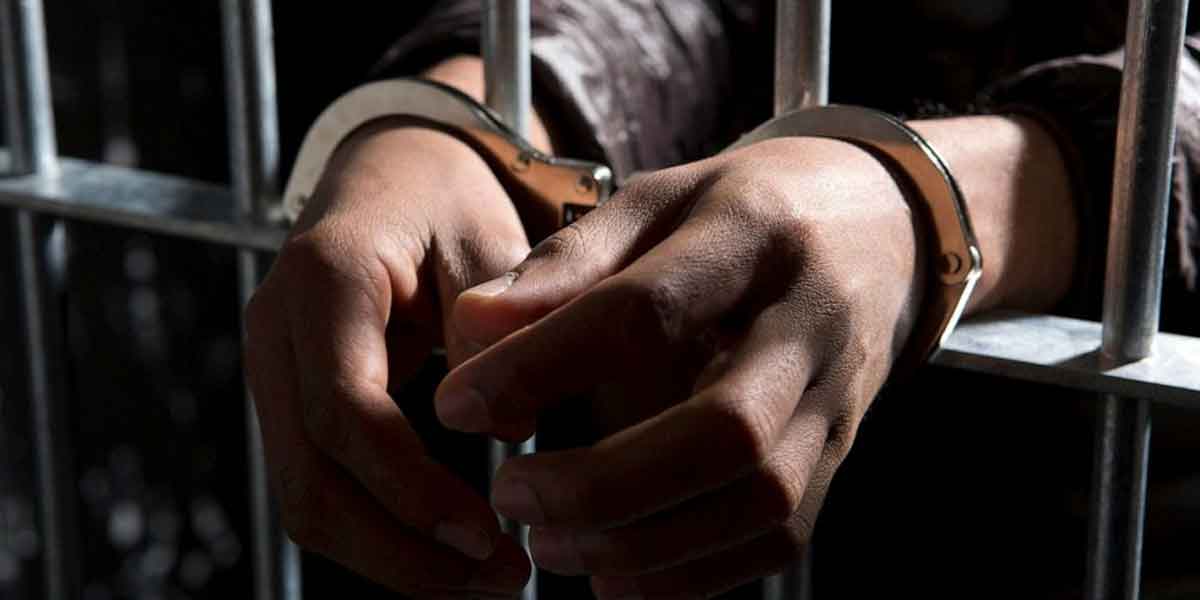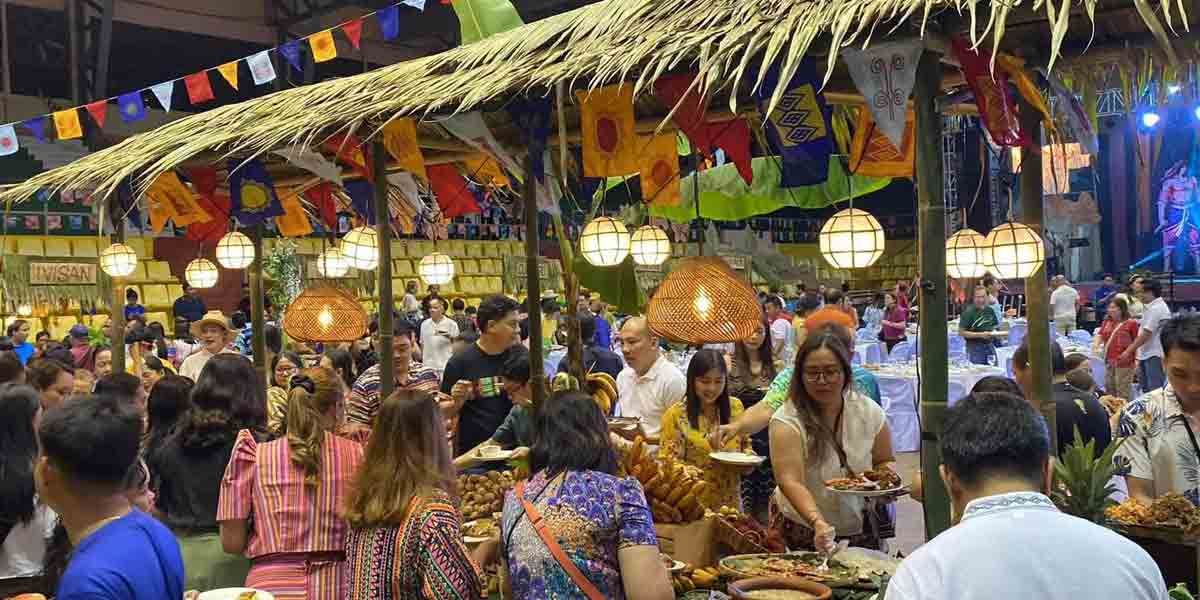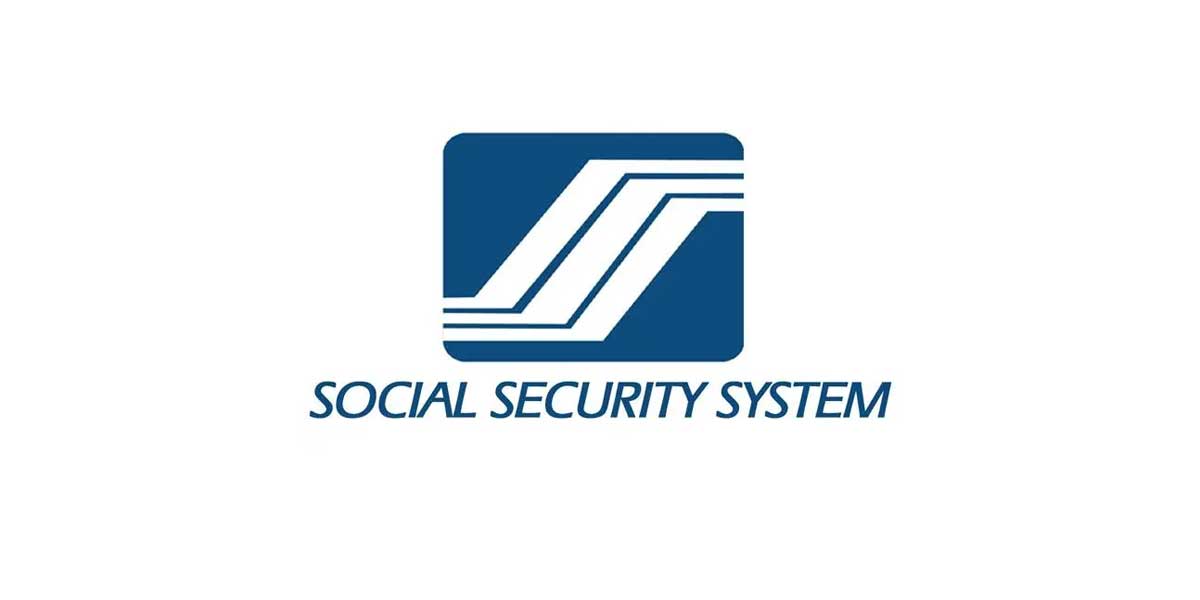 By: Modesto P. Sa-onoy
By: Modesto P. Sa-onoy
THE first place I went to for the research project on World War II in Negros and other wars prior was the New York Public Library, a huge structure occupying a whole block at the heart of the city. As can be expected, computers dominate the research facility and large numbers of researchers were there as well as tourists looking at the beautiful displays and exhibits.
A lady at the counter at the main desk interviewed me about the specific subjects I wanted and she typed into her computer the data I was giving him. She issued me and my wife, Verns, a library card that would open the doors of the facility to wherever we ventured. She then told me that the materials I needed would take about 35 minutes to retrieve and that gave us time for lunch. However, the film of the battle in Negros would take two days since it was to be brought in from their storage facility in New Jersey.
Fortunately, my nephew, New Yorker Raymund Uy, second son of my sister Heidi, guided us through the city’s labyrinth of restaurants because he is choosy about the food he eats and he did not want us to take any junk food. He went to details about junk food while my stomach was crying out for help. The hot dog we had for snacks before he joined us at the library was great but could go no further. His “lecture” was instructive but since it was already past noon time, we urged him to take us to the nearest restaurant. We soon discovered that people take lunch much later in the afternoon than we do.
The material I received that afternoon was a 1947 book written by a soldier of the US Army 40th Division that fought in Patag, the last stronghold of the Japanese forces in Western Visayas under General Takeishi Kono who commanded the forces in Negros and Panay. It is a very rich material on the interaction between the American soldiers and the people of Negros, information that is missing in official reports. He mentioned the individuals who helped the Americans and how the Americans reciprocated. I will write about this in future columns.
The significant aspect of this research in the NYPL is the way they make it as easy as possible for the researchers. The copying of materials is done by the researcher who has to learn to use the photocopier and the scanner, skills I did not have since in Bacolod I relied on assistance for this work. Here I had to learn it.
If I had photocopied, each page would cost $0.20; it was free for the scanner. The choice is obvious because I copied 78 pages of the book, the portions that narrated events in Negros. The other contents of the book are the battles of the 40th Division on the way to the Philippines until they fought in Cebu, Iloilo and finally in Negros. They were pulled out of Negros at the end of June to prepare for the invasion of Japan.
Since I have zero knowledge of how to use a scanner, I had to call for help but I guess I was not alone in this predicament because there was an immediate response as if a researcher unable to operate the scanner is not a surprise. A staff member of the library took out a coin and dropped it into a slot to start the scanning operation. At the end of the scanning when I pushed the “Finished” button, the coin dropped into the bin and the girl took her coin back. That was what “free scanning” was about.
Two days later, I returned to the library, another section of the complex. The film was ready, but as usual, I had to call for help that was quickly extended. I went through the film to determine what I wanted and informed the staff that I would like to copy two portions of it. I gave him a flash drive, he copied the portions indicated and that was it. All for free.
We also visited the New York’s Museum of Natural History and several others to study how they presented materials that are already extinct and their interactive presentations. They were great. We can follow their style.






















